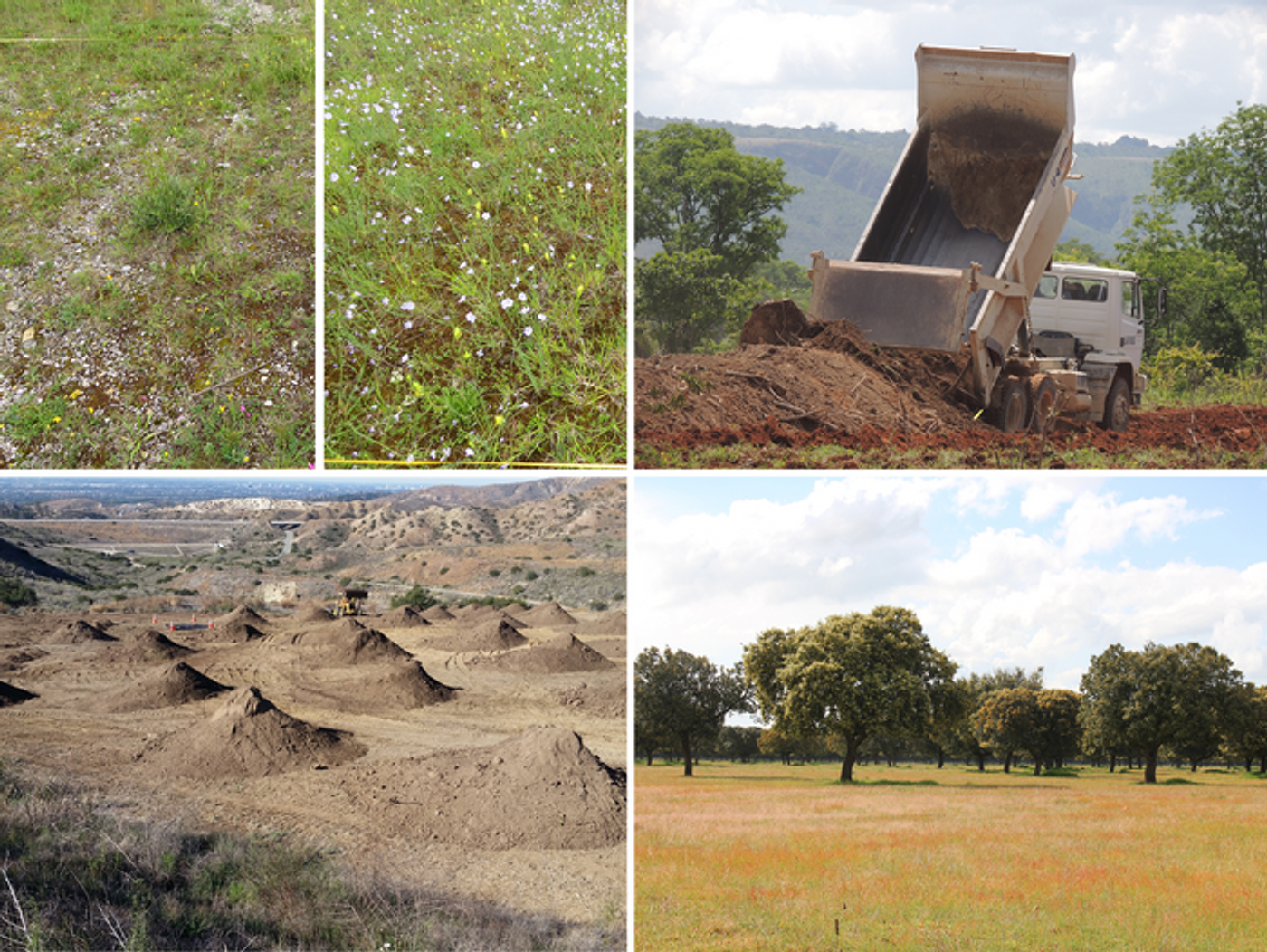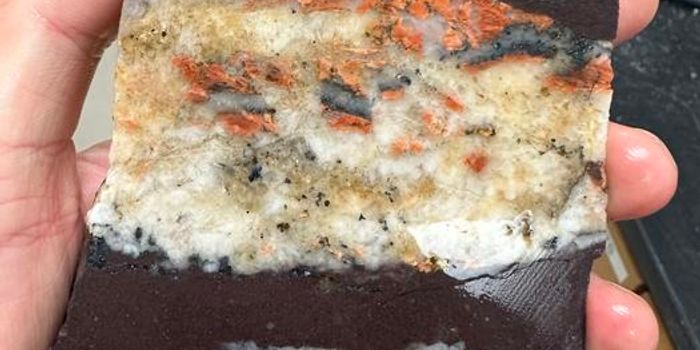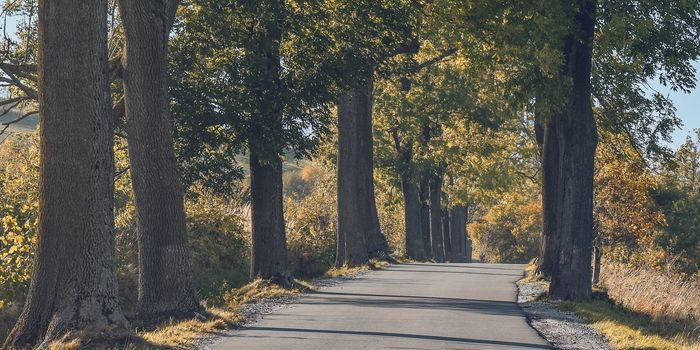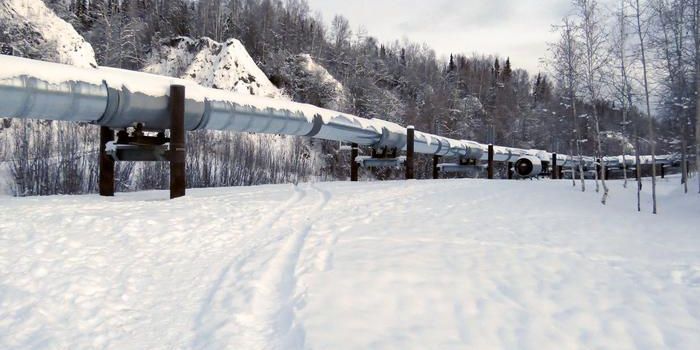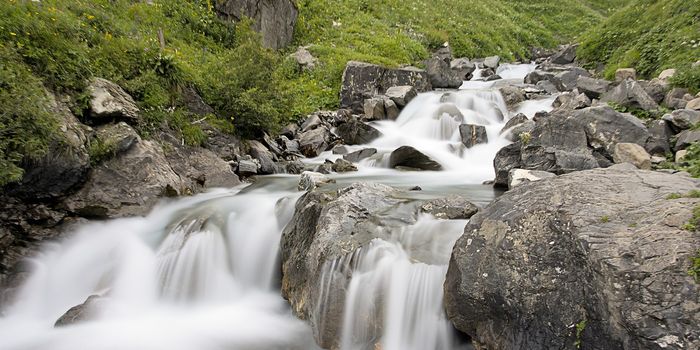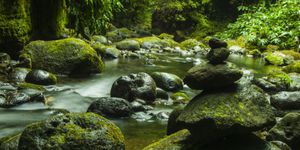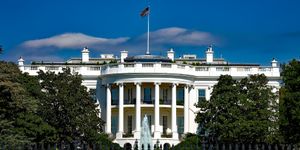Healing Nature Through Soil Transplants
The planet Earth and its pristine environment have been devastated by endless and reckless human activity, which has resulted in rising global temperatures, deforestation, habitat destruction, and air and water pollution that have reached unprecedented levels in the history of our small, fragile planet we call home. While many countries around the world have committed to reducing their carbon footprint over the course of the 21st century, the United Nations Emissions Gap Report 2020 stated, "...despite a brief dip in carbon dioxide emissions caused by the COVID-19 pandemic, the world is still heading for a temperature rise in excess of 3°C this century – far beyond the Paris Agreement goals of limiting global warming to well below 2°C and pursuing 1.5°C."
Despite this grim outlook, humans are taking steps to heal the planet from the damage we’ve done, which includes an international team of researchers led by the Wageningen University and Research in the Netherlands investigating how soil transplantation can be used as a form of nature restoration, or nature healing. Much like organ transplants can be used to save human lives, soil transplants could potentially be used to save nature. This study holds the potential to restore everything from boreal grasslands to tropical forests that have been degraded by either climate change or human activity.
For the study, the researchers compared 46 field experiments spanning 17 countries and four continents to examine how soil transplants affect nature restoration. The study’s results were straightforward, indicating that soil transplants have a positive impact on a global scale.
“From the tropics to the tundras, soil transplantation substantially improves the chances of restoring vegetations with species of high conservation value”, explains Dr. Jasper Wubs, who is a researcher at the Netherlands Institute of Ecology, and a co-author on the study. “Particularly if it’s applied over larger spatial areas.”
The researchers found that not only do soil transplants increase vegetation by an astounding 40% compared to just using hay, but the vegetation experienced blossoming both metaphorically and literally regarding both plant species count and plant diversity. Despite this, the researchers did observe substantial variances between experiments, finding that loamy soils exhibited a higher success rate, along with the transplanting being applied over areas of 1937.5 square feet (180 square meters) or greater.
“We observed that soil transplantation would either become more and more successful in the longer term or just the opposite,” said Dr. Wubs.
So, what implications could this research have for both nature policy and management?
“It means that we are now better able to restore biodiverse ecosystems in places where natural regeneration is not enough”, said Dr. Wubs. “At the same time, our analysis shows that we need to figure out why restoration is more successful in some cases than in others. The glass is half full, but it could be fuller.”
Despite these results, the researchers stress that additional research is still required to meet environmental goals that have been outlined in the United Nations Decade of Ecosystem Restoration, with the European Union also attempting to draw up its own goals known as the Nature Restoration Law.
As always, keep doing science & keep looking up!
Sources: Future, Net0, Journal of Applied Ecology, EurekAlert!, United Nations
Featured Image: Worldwide soil transplantation projects: Upper left: control-treatment comparison restoring semi-dry grassland near Munich, Germany in 2015, two decades post-treatment; upper right: soil translocation triggering tropical dry forest regeneration, near Brasilia, Brazil; lower left: reference vegetation on a Quercus rotundifolia dehesa soil in Salamanca, Spain; lower right: soil receiver site preparation to restore coastal sage scrub in Orange County, southern California, USA. (Credit: Wolfgang von Brackel, Maxmiller Ferreira, Ignacio Santa-Regina/Irnasa-CSIC and Megan Lulow/UCI-Nature / collage by NIOO-KNAW)
